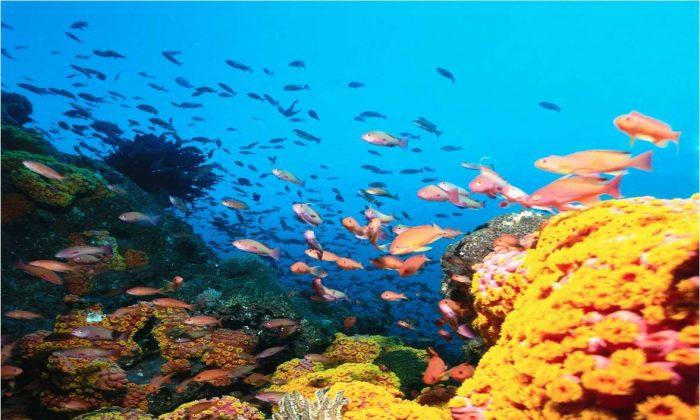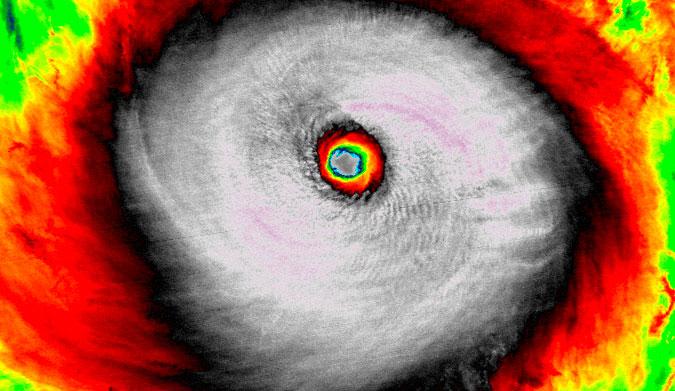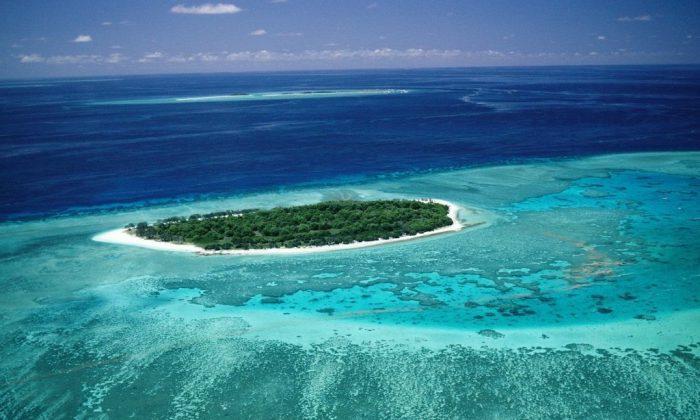Incredibly, the Great Barrier Reef will be listed as a threatened ecosystem by the United Nations from June next year unless the Australian government follows a series of recommendations to protect it, the World Heritage Committee decided in May, 2013. The first response of the government was to announce an injection of $200 million into a Reef Rescue Program.
After 38 years of the government managing the Great Barrier Reef why are Australians now funding a Reef Rescue Program?
Firstly, many of the GBR’s troubles are the result of global issues. These include rising sea temperatures that lead to coral bleaching and their eventual death and to ocean acidification from all the carbon dioxide produced from burning fossil fuels (note that Australia is the world’s fourth largest producer of coal at about 450million tonnes annually). A temperature rise of between two and three degrees Celsius would result in 97% of the Great Barrier Reef being bleached every year. Reef scientist Terry Done predicted (2004) that a one-degree rise in global temperature would result in 82% of the reef bleached, two degrees resulting in 97% and three degrees resulting in “total devastation”.
Secondly, coastal development at any price seems to be the state government agenda. Coal terminals and ports, heavy shipping, tourist development, agriculture, and commercial fishing all take their toll. The state government doesn’t want to slow growth; there is too much profit to be made. But researchers believe that runoff from coastal agriculture is causing the long running Crown of Thorns starfish plague. In 2000, an outbreak contributed to a loss of 66% of live coral cover on sampled reefs.
The third reason says something about GBRMPA itself.
My work in the early reef surveys led me to develop a method for determining the numbers of apex predators, the fish at the top of the food chain. It turned out to be a great way to measure the health of a coral reef ecosystem. But political sharks circled their new territory and invented their own methods for looking after the world’s most extensive coral reef; they needed to stake their claim and mark their territory.
Later and a few years into their new surveys, representing fisheries interests, I joined a meeting with GBRMPA (chaired by Dr. Wendy Craik) and some of Australia’s leading bio-statisticians. GBRMPA’s survey results for scores of reefs were eventually presented to a stunned audience; none of it made much sense and the methods looked all wrong to the mathematicians. The government countered saying that they had already spent so much money on the surveys they would have to continue doing them their (the wrong) way. We would all have to live with it; the meaningless surveys would continue!
Once again I found that science and challenging dogma had no place in an unwieldy bureaucracy. Time has shown that neither the coral reef nor its managers could deal with environmental change.
Now that the Great Barrier Reef is about to join UNESCO’s “in danger” list, Tony Burke, the federal environment minister, baffled us by saying he was pleased that the UNESCO had recognized the progress that Australia had made on managing the reef.
“The Great Barrier Reef is an iconic environmental asset and the Australian government is absolutely committed to the protection of the reef and our oceans. It’s one of the most precious places on Earth,” he said.
“The Australian government is also pleased that the decision recognizes the progress Australia has made on the comprehensive strategic assessment, including important new research which will help ensure that the reef is protected in accordance with the best available science.”
A spokesperson for Greg Hunt, the shadow environment minister, said that an incoming Coalition government would focus on reducing the pollution that damages the reef.
“It is an important responsibility of the Australian government and in that context it was disappointing that Minister Burke had delayed the re-commitment to the Reef Rescue funding.”
“If elected, the Coalition will implement a Reef 2050 plan with a focus on water quality and increased action to address run-off and the subsequent threat posed by the Crown of Thorns.”
This is an ironic choice of dates. Many scientists now believe and are advising that there will be virtually global coral loss through ocean acidification and bleaching by 2050.
Greens senator Larissa Waters, whose bill to halt new developments beside the reef was surprisingly rejected by the government, said that urgent action was now needed to avoid the ‘in danger’ listing.
“The old parties are letting the big mining companies treat the Great Barrier Reef as a dumping ground for dredge spoil and a shipping super highway and the world is watching and sending a clear warning that this is simply unacceptable,” she said.
I am reminded of the expression about crew rearranging the deck chairs while the ‘Titanic’ was sinking. The alarm bells have been ringing for the last 35 years and each year the Great Barrier Reef has edged a little closer to becoming the world’s largest and most spectacular “endangered” environment. How little we seem to care about the most precious of our gifts. Isn’t anyone listening to the experts?




